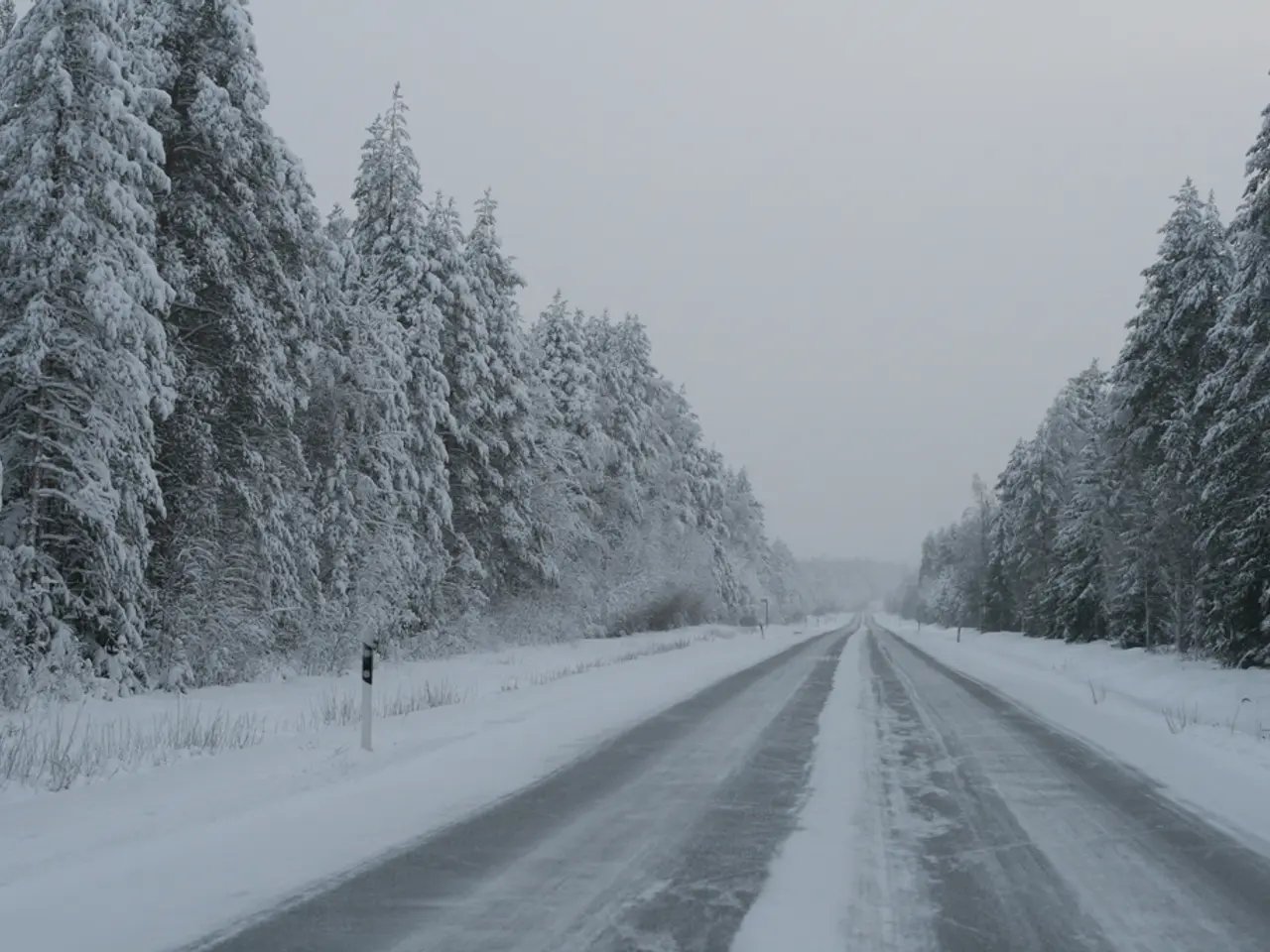Historic Snowfall Sweeps through Australian Towns in East, Breaking Decade-Long Weather Records
Historic Snowfall and Floods Strike Eastern Australia
In early August 2025, Eastern Australia experienced a historic weather event marked by unprecedented snowfall and floods. Parts of northern New South Wales (NSW) saw up to 40 cm (16 inches) of snow—the heaviest snowfall since the mid-1980s—while some areas of Queensland also recorded snow for the first time in a decade.
The event included widespread and heavy snow covering a large part of the Northern Tablelands region, extensive heavy rainfall and thunderstorms causing major flooding, over 100 vehicles stranded on roads, and tens of thousands of homes losing power. Flooding-induced evacuations were reported around New England and Hunter Valley, with major flooding expected in low-lying areas such as Gunnedah and Raymond Terrace.
An ongoing search for a woman swept away by floodwaters in the Hunter Valley after attempting to cross a flooded road is currently underway.
Meteorologists attribute the snow's intensity to a strong cold air front, while climate change is believed to have increased the volatility of Australia’s weather patterns. However, the amount and area of snow in this event are still considered extraordinary for the region.
The State Emergency Service of New South Wales reported responding to over 1,455 incidents due to the severe weather. Emergency personnel worked nonstop to help those affected by the snowfall. Authorities advise locals to stay informed and avoid unnecessary travel. Tens of thousands of households lost power overnight.
This weather event serves as a stark reminder of Australia's vulnerability to significant weather events. The weather event underscores the increasing unpredictability of Australia's climate, with communities and emergency services collaborating to deal with the fallout from this extreme weather event.
The Australian Broadcasting Corporation reported the power outages, and the snowstorm was extensive in its regional reach, according to meteorologist Miriam Bradbury. As Eastern Australia focuses on recovery, it is clear that this event could occur more frequently due to climate change causing more erratic weather patterns.
[1] ABC News Australia (2025). 'Historic Snowfall and Floods Strike Eastern Australia.' Retrieved from www.abc.net.au/news
[2] Bureau of Meteorology (2025). 'Eastern Australia Snow and Flood Event.' Retrieved from www.bom.gov.au/news
- Given the recent historic snowfall and floods in Eastern Australia, there is a need for thorough reporting on the events to educate the public about the region's vulnerability to such extreme weather incidents.
- Emergency courses focusing on climate-change adaptation and environmental-science issues, such as weather forecasting and disaster response, may become increasingly important for communities prone to severe weather events, like Eastern Australia.
- In light of the ongoing increase in Australia's weather pattern volatility due to climate change, it is crucial to focus on sustainability and ESG (Environmental, Social, and Governance) principles when developing long-term infrastructure and resource management strategies.
- As the intensity of snowfall and flooding events, such as the one recently experienced in Eastern Australia, is becoming more frequent due to climate change, meteorologists must collaborate with environmental scientists to enhance their understanding of the environmental impacts of climate-change induced weather events.
- Now that Eastern Australia has witnessed the catastrophic aftermath of the recent snowstorm and floods, it is essential to invest in science and research, aimed at improving weather-forecasting capabilities and mitigating the effects of climate change on the environment.








